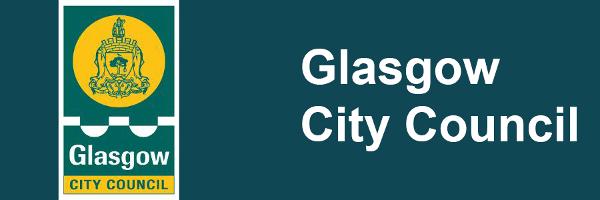Private Lane Toolkit
Email (opens new window)Online Application Form
Applications Now Open
A Private Lane Toolkit has been launched by Glasgow City Council (GCC) to help residents and owners understand more about the ownership and maintenance responsibilities of any adjoining lanes to their property.
This toolkit was designed to assist residents in working together to problem solve their common concerns and maintaining safe and clean spaces which can be developed into a positive space.
Do you know if the lane connected to your property is private or public?
Do you know the correct way to dispose of your household waste and bulky items?
Are you planning to make any environmental improvements within your private lane?
You can find more information and advice on how to check ownership, how to deal with common lane issues, get advice on how to encourage your neighbours to get involved to make any required improvements and information on your waste processes through the Private Lane Toolkit (opens new window).
There are 931 private lanes in Glasgow City, excluding the city centre, and while GCC is under no obligation to carry out repairs, maintenance or street cleansing in private lanes, we will work with active resident groups to support any environmental clean ups. The responsibility of keeping this area free of obstructions lies with the owners and residents. GCC carries out the statutory duty of removing your domestic waste within the appropriate bins provided.
Private Lane Toolkit
The Glasgow City Council (GCC) Private Lane Toolkit has recently been redesigned to help residents to make improvements to their shared space. The Toolkit can help owners to:
- Understand ownership and maintenance responsibilities.
- Support residents, owners, factors and landlords to work together to improve the condition of the lane.
- Get advice on the GCC Private Lane Improvement Fund, which is available to support lane groups with up to £20,000.
- Get ideas and best practice tips from other local lane groups across Glasgow.
Please find the Private Lane Toolkit link here.
Funding
In 2021 a fund of £700k was established to further support owners of private lanes to improve the overall environmental quality of these shared spaces.
The Private Lane Improvement Fund will allow constituted groups to apply for £1000 to £20,000 for interventions which may address common issues identified in the private lane strategy such as
- Fly tipping
- Trees vegetation Lane Surface/ Drainage
- Antisocial behaviour/ security
- Food Growing
- Enhanced Biodiversity
- Active travel
Please Note:
- If the lane is within a conservation area, then Planning Permission may be required for works such as resurfacing, where the retention and re-use of historic materials is encouraged.
- Second hand or new granite or whin setts or simulated setts are preferable if complete resurfacing is required; continuous bituminous surfacing will not normally be acceptable although in some cases, a combination of materials may be appropriate, i.e. to emphasise rain channels or gutters.
- Any proposal for the installation of gates would require Planning Permission and may also require a Stopping Up Order. Policy guidance is provided within SG9 Historic Environment of the City Development Plan. Any initial enquiries regarding the need for consent may be submitted to Planning Enquiries, or via a formal Pre-Application Guidance enquiry for more detailed feedback.
- Planning Applications may be submitted online via ePlanning Scotland. A location plan is essential together with as much detail as possible regarding the proposals including existing plans and photographs.
- Installation of new lighting columns would also require planning permission as well as an outline of how this would be powered.
- Details on conservation areas and planning enquiries can be found here.
- Always refer to application guidance notes for each question which can be found on our website.
- Please have all documents ready to upload prior to commencing the application process. Applications cannot be partially saved.
- Bank statement dated within 3 months in the name of the constituted group (screenshots of pending banking applications will not be accepted and will result in a rejected application).
Planning consent reference number (applications for surface works/gates from within conservation areas. Gate planning permission in all other areas).
How to Apply
If you wish to apply please complete the Online Application Form and submit online.
In order to ensure that your proposal is processed, please take a few minutes to read the checklist to ensure that you have included all the relevant information. Please refer to the guidelines for further information on requirements.
Checklist:
- Provide a current Bank Statement/Audited or Certified Accounts or Satement of Expenditure.
- Complete each question and clearly mark "N/A" beside any question that is not relevant or applicable.
- Provide a daytime contact number in case we need to contact you about your proposal.
- Indicate the amount of funding you are requesting.
- List all grants received, or applied for by your organisation in relation to this proposal.
- Include VAT in the amount requested.
- Submit your planning permission reference number if you live in a conservation area and are changing the surface.
- Submit your planning permission reference number if you plan on adding gates.
- Read the declaration, sign and date the application form before submitting.
Related Content
Related Articles
Documents
Links




